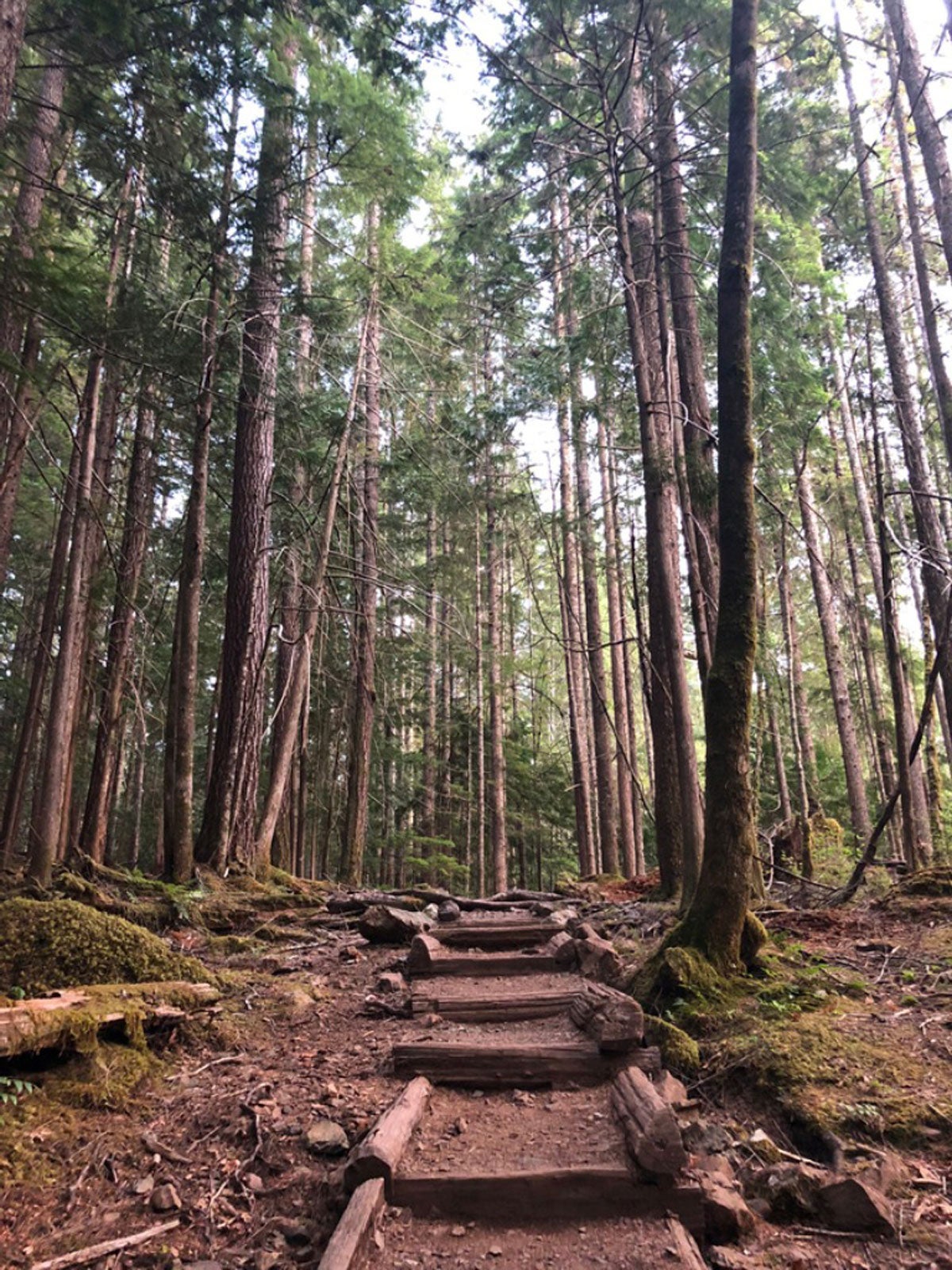
The West Coast is unparalleled in size, longevity, and density of the many varieties of Pacific Northwest conifers. Coniferous plants are also unrivaled in the sheer volume of organisms that call these trees home. Conifers in northwest U.S. have evolved over time to fill a specific niche in this temperate region.
Interested in growing coniferous plants for the Pacific Northwest? While conifers native to this region fall into just three botanical families, there are plenty of choices.
Pacific Northwest Coniferous Plants
The Pacific Northwest is a region that borders the Pacific Ocean on the west, the Rocky Mountains on the east, and from central coastal California and southern Oregon up into the southeast Alaskan coast.
Within this region lie several forest zones representative of the area’s annual temperature and rainfall. Native conifers in northwest U.S. belong to just three botanical families: Pine, Cypress, and Yew.
- Pine family (Pinaceae) includes Douglas fir, Hemlock, Fir (Abies), Pine, Spruce, and Larch
- Cypress family (Cupressaceae) includes four cedar species, two junipers, and the Redwood
- Yew family (Taxaceae) includes only the Pacific Yew
Information on Pacific Northwest Conifers
Two groups of fir trees reside in the Pacific Northwest, true firs and Douglas fir. Douglas firs are the most common conifer in Oregon and are, in fact, its state tree. Strangely, Douglas firs are not actually firs but are in a genus of their own. They have been incorrectly identified as fir, pine, spruce, and hemlock. True firs have erect cones while Douglas fir cones point downward. They also have pitchfork-shaped bracts.
Of the true fir trees (Abies), there are the grand fir, Noble fir, Pacific Silver fir, subalpine fir, White fir, and red fir. The cones of Abies firs are perched atop the upper branches. They break apart at maturity leaving a spike on the branch. Their bark is smooth with resin blisters on young stems and on large trunks alternately furrowed and smooth. Needles either lie in flat rows or curve upwards but all come to a soft, non-prickly, point.
There are two types of Hemlock conifers in the northwest U.S, Western hemlock (Tsuga heterophylla) and Mountain hemlock (T. mertensiana). Western hemlock has short, flat needles and small cones while Mountain hemlock has short, irregular needles and longer 2 inch (5 cm.) cones. The cones of both hemlocks have rounded scales but lack the bracts of the Douglas fir.
Sign up for the Gardening Know How newsletter today and receive a free copy of our e-book "How to Grow Delicious Tomatoes".
Other Coniferous Plants for Pacific Northwest
Pines are the most common conifer in the world but don’t actually do that well in the dark, damp, and dense forests of the Pacific Northwest. They can be found in the open forests of the mountains and east of the Cascades, where the weather is drier.
Pines have long, bundled needles and can usually be identified by the number of needles in a bundle. Their cones are the largest of the coniferous plants in the region. These cones have thick, woody scales.
Ponderosa, Lodgepole, Western, and Whitebark pines grow throughout the mountains while Jeffery, Knobcone, Sugar, and Limber pines can be found in the mountains of southwestern Oregon.
Spruces have needles much akin to Douglas firs, but they are sharp and pointed. Each needle grows on its own small peg, a unique feature of spruces. The cones have extremely thin scales, and the bark is gray and scaled. Sitka, Engelmann, and Brewer are spruce conifers in the northwest U.S.
Larches are dissimilar from other conifers in the area. They are actually deciduous and drop their needles in the fall. Like pines, the needles grow in bundles but with many more needles per bundle. Western and Alpine larches can be found in the Pacific Northwest on the east side of the Cascades and high in the North Cascades of Washington respectively.
North American cedars are different than those of the Himalayas and the Mediterranean. They belong to four genera, none of which are Cedrus. They have flat, scale-like leaves and stringy-looking bark and all belong to the Cypress family. The Western Red cedar is the most common of these regional coniferous plants but Incense, Alaska, and Port Orford cedars occur rarely in some areas.
The only cypress native to the Pacific Northwest is the Modoc cypress. Other cypresses that make the Northwest their home are the Western juniper, Rocky Mountain juniper, redwood, and sequoia. Similar to the giant sequoia, the redwood is native to the Pacific Northwest and can only be found in northern California.
Yews are unlike other Pacific Northwest coniferous plants. Their seeds are contained in small, red, berry-like fruit (aril). Although they do have needles, since yews lack cones, their position as a conifer has been called into question. New research suggests that the arils are actually modified cones. Only the Pacific yew is native to the Pacific Northwest and can be found in shaded areas of low to medium elevation.

Amy Grant has been gardening for 30 years and writing for 15. A professional chef and caterer, Amy's area of expertise is culinary gardening.
